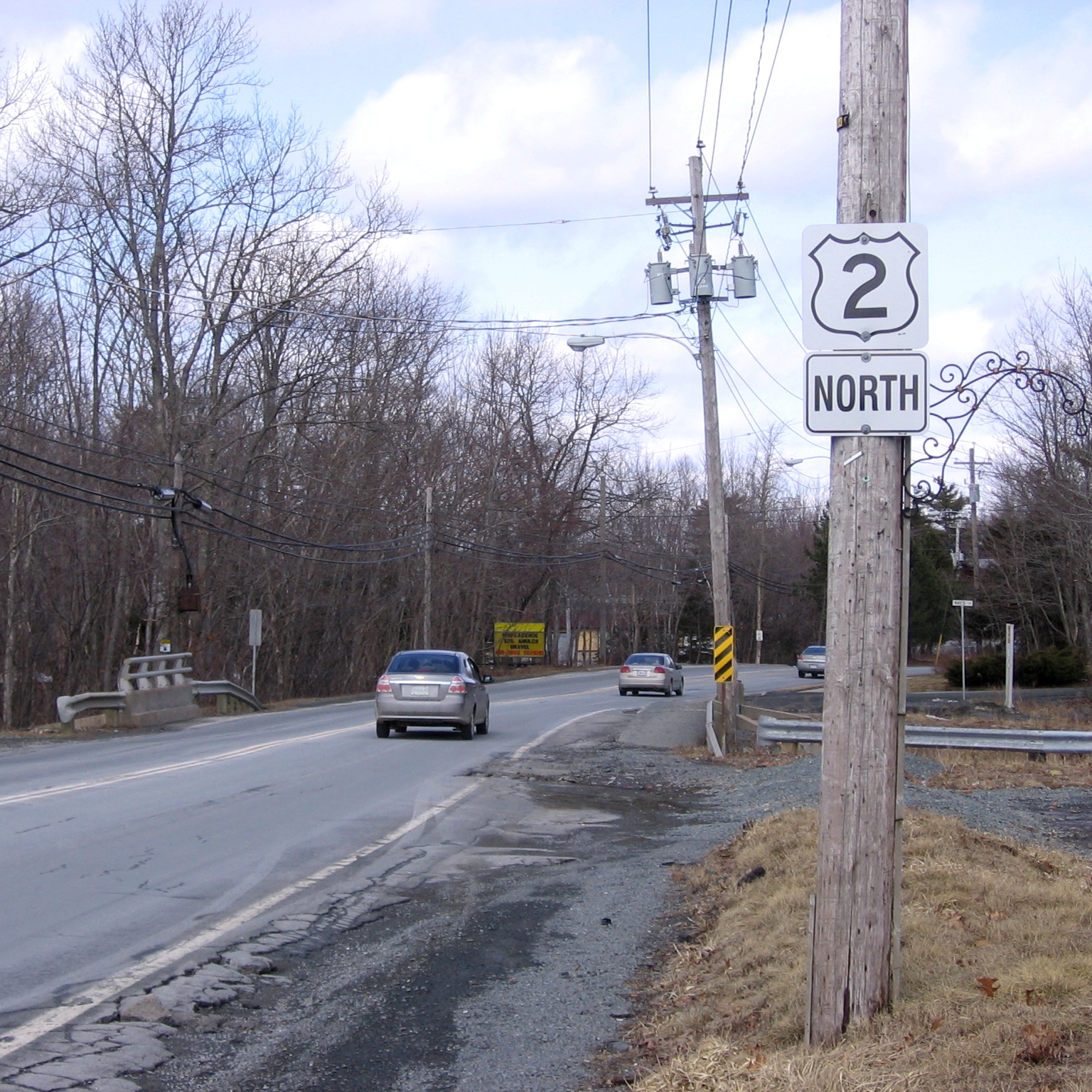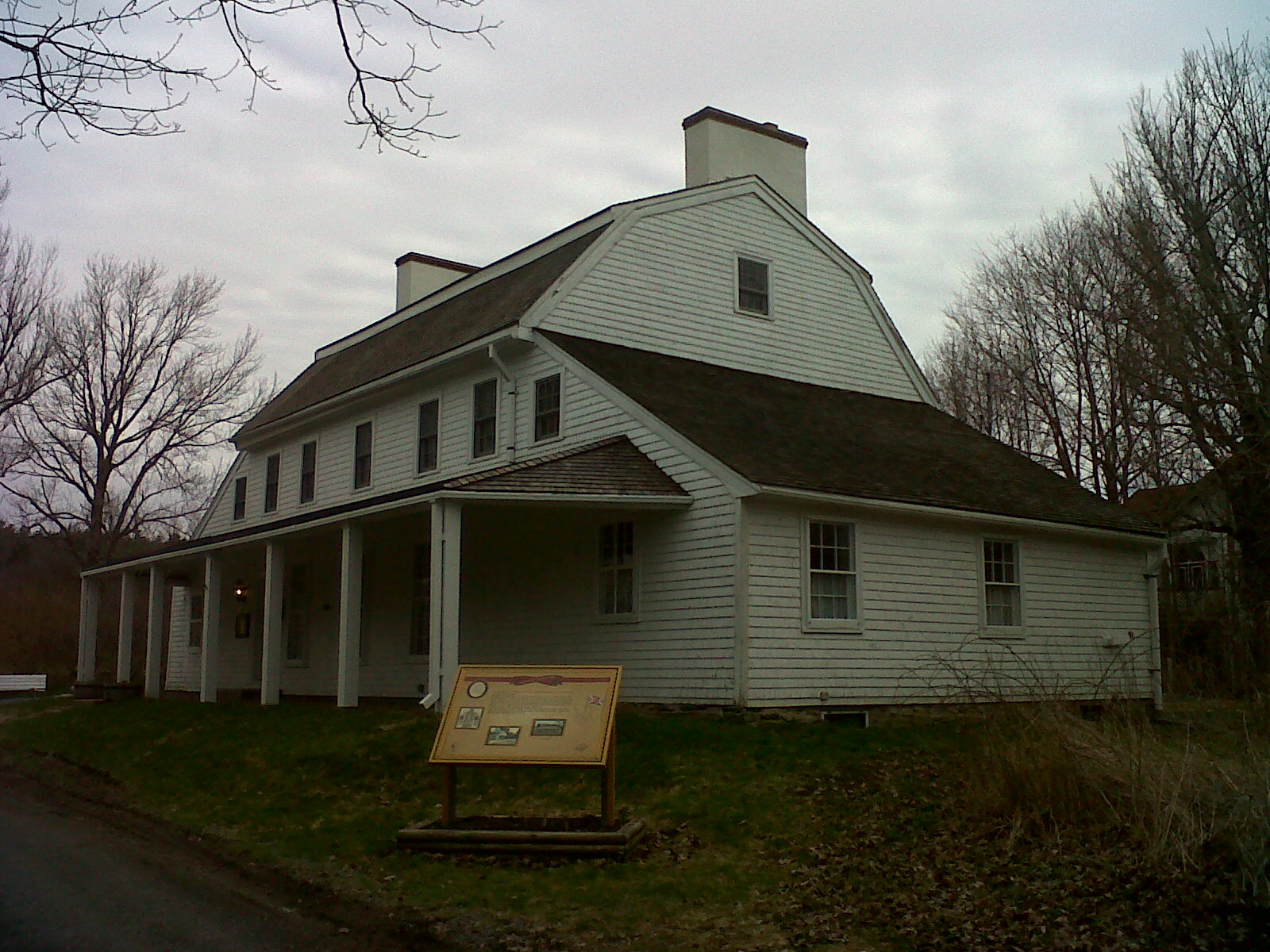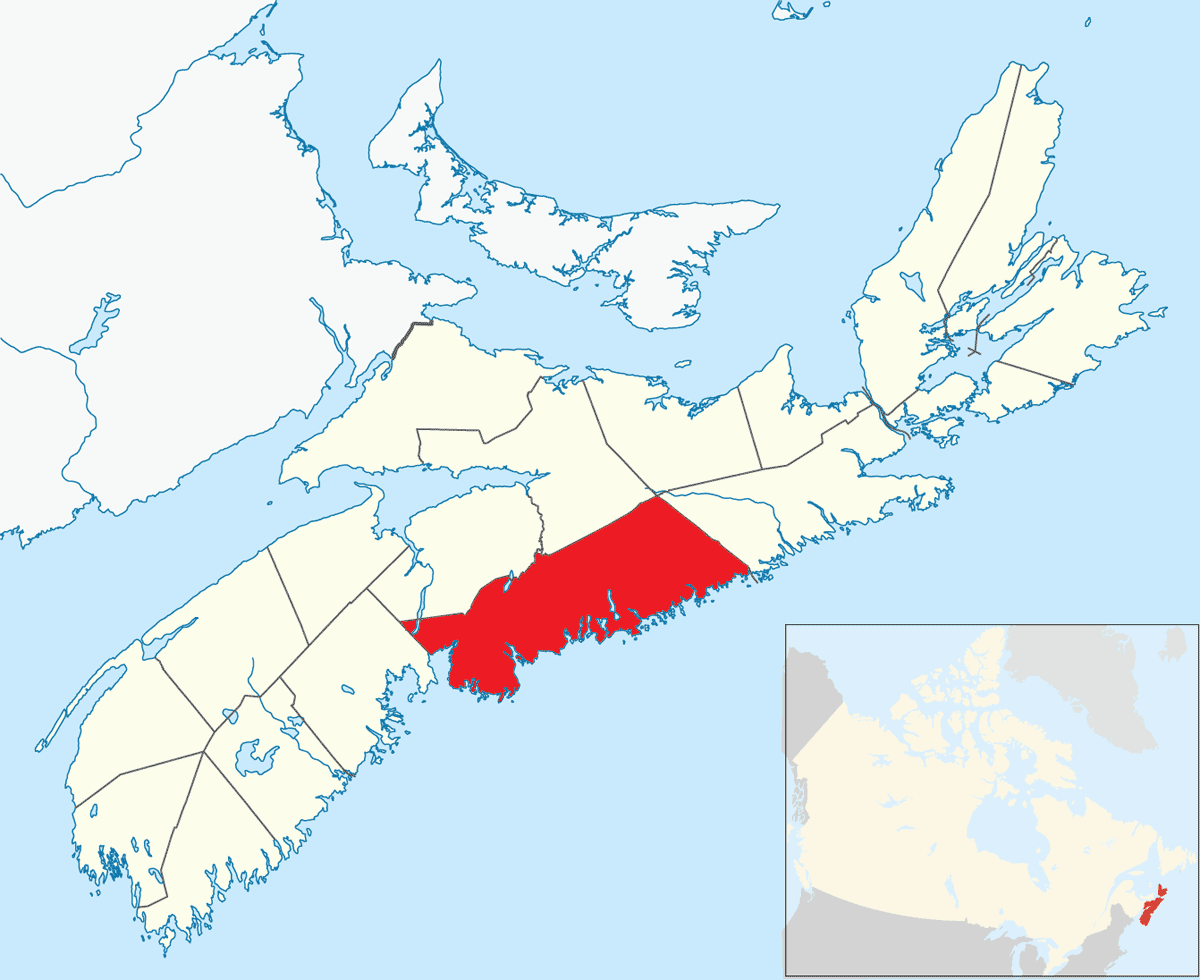|
Lockview High School
Lockview High School is a high school located in Fall River, Nova Scotia, serving the areas of Fall River, Beaver Bank, Windsor Junction, Waverley, Wellington and a section of Enfield. It opened in 2000, relieving overcrowding at Charles P. Allen High School in Bedford. The building itself is operated by Scotia Learning Centres and is currently being leased to the Halifax Regional Centre for Education. The Lockview High team mascot is a blue dragon named Miller. The school is located in Lockview, an area of Fall River along the Shubenacadie Canal. Other schools in the immediate area include Georges P. Vanier Junior High School and Ash Lee Jefferson Elementary School. Lockview High receives new students primarily from Georges P. Vanier Junior High School in Fall River and Harold T. Barrett Junior High School in Beaver Bank (located approximately 7 minutes from Lower Sackville, Nova Scotia Lower Sackville is a community within the urban area of Halifax Regional Municipality, ... [...More Info...] [...Related Items...] OR: [Wikipedia] [Google] [Baidu] |
Fall River, Nova Scotia
Fall River is a suburban community located in Nova Scotia, Canada within the Halifax Regional Municipality. It is located north-northeast of the Bedford Basin, northeast of Bedford and Lower Sackville and north of Waverley. Fall River's name is derived from a stream running between Miller Lake and Lake Thomas which had a waterfall. These falls supplied water power for several mills during the 19th century as well as a local electrical utility during the early 20th century. The waterfall was demolished in the late 1950s as a result of the construction of the Bicentennial Highway leading to Halifax; the waterfall was located where the 4-lane expressway currently runs up the hill from the crossing of Lake Thomas to the interchange with Highway 118 at Miller Lake. Hydro-electric power is now generated by a tunnel that carries the water from Miller Lake which once flowed through this stream and down the waterfall. Turbines produce electricity for the main grid, during peak per ... [...More Info...] [...Related Items...] OR: [Wikipedia] [Google] [Baidu] |
Nova Scotia
Nova Scotia ( ; ; ) is one of the thirteen provinces and territories of Canada. It is one of the three Maritime provinces and one of the four Atlantic provinces. Nova Scotia is Latin for "New Scotland". Most of the population are native English-speakers, and the province's population is 969,383 according to the 2021 Census. It is the most populous of Canada's Atlantic provinces. It is the country's second-most densely populated province and second-smallest province by area, both after Prince Edward Island. Its area of includes Cape Breton Island and 3,800 other coastal islands. The Nova Scotia peninsula is connected to the rest of North America by the Isthmus of Chignecto, on which the province's land border with New Brunswick is located. The province borders the Bay of Fundy and Gulf of Maine to the west and the Atlantic Ocean to the south and east, and is separated from Prince Edward Island and the island of Newfoundland by the Northumberland and Cabot straits, ... [...More Info...] [...Related Items...] OR: [Wikipedia] [Google] [Baidu] |
Postal Codes In Canada
A Canadian postal code (french: code postal) is a six-character string that forms part of a postal address in Canada. Like British, Irish and Dutch postcodes, Canada's postal codes are alphanumeric. They are in the format ''A1A 1A1'', where ''A'' is a letter and ''1'' is a digit, with a space separating the third and fourth characters. As of October 2019, there were 876,445 postal codes using ''Forward Sortation Areas'' from A0A in Newfoundland to Y1A in Yukon. Canada Post provides a postal code look-up tool on its website, via its mobile application, and sells hard-copy directories and CD-ROMs. Many vendors also sell validation tools, which allow customers to properly match addresses and postal codes. Hard-copy directories can also be consulted in all post offices, and some libraries. When writing out the postal address for a location within Canada, the postal code follows the abbreviation for the province or territory. History City postal zones Numbered postal zones ... [...More Info...] [...Related Items...] OR: [Wikipedia] [Google] [Baidu] |
Education In Canada
Education in Canada is for the most part provided publicly, and is funded and overseen by provincial, territorial and local governments. Education is within provincial jurisdiction and the curriculum is overseen by the province. Education in Canada is generally divided into primary education, followed by secondary education and post-secondary. Within the provinces under the ministry of education, there are district school boards administering the educational programs. Education is compulsory in every province and territory in Canada, up to the age of 18 for Manitoba, New Brunswick, Nunavut, and Ontario, and up to the age of 16 for other jurisdictions, or as soon as a high school diploma has been achieved. In some provinces early leaving exemptions can be granted under certain circumstances at 14. Canada generally has 190 (180 in Quebec) school days in the year, officially starting from September (after Labour Day) to the end of June (usually the last Friday of the month, exce ... [...More Info...] [...Related Items...] OR: [Wikipedia] [Google] [Baidu] |
High School
A secondary school describes an institution that provides secondary education and also usually includes the building where this takes place. Some secondary schools provide both '' lower secondary education'' (ages 11 to 14) and ''upper secondary education'' (ages 14 to 18), i.e., both levels 2 and 3 of the ISCED scale, but these can also be provided in separate schools. In the US, the secondary education system has separate middle schools and high schools. In the UK, most state schools and privately-funded schools accommodate pupils between the ages of 11–16 or 11–18; some UK private schools, i.e. public schools, admit pupils between the ages of 13 and 18. Secondary schools follow on from primary schools and prepare for vocational or tertiary education. Attendance is usually compulsory for students until age 16. The organisations, buildings, and terminology are more or less unique in each country. Levels of education In the ISCED 2011 education scale levels 2 and 3 c ... [...More Info...] [...Related Items...] OR: [Wikipedia] [Google] [Baidu] |
Charles P
Charles is a masculine given name predominantly found in English and French speaking countries. It is from the French form ''Charles'' of the Proto-Germanic name (in runic alphabet) or ''*karilaz'' (in Latin alphabet), whose meaning was "free man". The Old English descendant of this word was '' Ċearl'' or ''Ċeorl'', as the name of King Cearl of Mercia, that disappeared after the Norman conquest of England. The name was notably borne by Charlemagne (Charles the Great), and was at the time Latinized as ''Karolus'' (as in ''Vita Karoli Magni''), later also as '' Carolus''. Some Germanic languages, for example Dutch and German, have retained the word in two separate senses. In the particular case of Dutch, ''Karel'' refers to the given name, whereas the noun ''kerel'' means "a bloke, fellow, man". Etymology The name's etymology is a Common Germanic noun ''*karilaz'' meaning "free man", which survives in English as churl (< Old English ''ċeorl''), which developed its depr ... [...More Info...] [...Related Items...] OR: [Wikipedia] [Google] [Baidu] |
Bedford, Nova Scotia
Bedford is a community of the Halifax Regional Municipality, in Nova Scotia, Canada. History The area of Bedford has evidence of Indigenous peoples dating back thousands of years. Petroglyphs are found at Bedford Petroglyphs National Historic Site. The Bedford area is known as Kwipek to the Mi'kmaq First Nation. 18th century On 21 July 1749, Father Le Loutre's War began when Edward Cornwallis arrived to establish Halifax with 13 transports. The British quickly began to build other settlements. To guard against the Acadians, the French, and the Mi'kmaq, British fortifications were erected in Halifax (1749), Bedford (Fort Sackville) (1749), Dartmouth (1750), Lunenburg (1753) and Lawrencetown (1754). The history of Bedford began when Governor Edward Cornwallis organised his men and began the construction of a road leading to Minas Basin on the Bay of Fundy after establishing the garrison at Halifax. To protect it, he hired John Gorham and his Rangers to erect a fort on the ... [...More Info...] [...Related Items...] OR: [Wikipedia] [Google] [Baidu] |
Halifax Regional Centre For Education
The Halifax Regional Centre for Education (formerly Halifax Regional School Board) is the public school district responsible for 136 elementary, junior high, and high schools located in the Halifax Regional Municipality in Halifax County, Nova Scotia, Canada. The current Regional Executive Director is Elwin LeRoux. The district's office is on Spectacle Lake Drive, Dartmouth. The district's stated vision is "to provide a high quality education to every student every day". On January 24, 2018, the provincial government announced would be dissolved and education administered by an appointed provincial council and the board was dissolved on March 31, 2018. History The board was created in 1996 with the amalgamation of three school boards that had jurisdiction over the former components of the Halifax Regional Municipality, which was created at the same time. Board elections have taken place in 1996, 2000, 2004, 2008 and 2012. 2006 board dismissal On December 19, 2006, the Minister o ... [...More Info...] [...Related Items...] OR: [Wikipedia] [Google] [Baidu] |
Shubenacadie Canal
The Shubenacadie Canal is a canal in central Nova Scotia, Canada. It links Halifax Harbour with the Bay of Fundy by way of the Shubenacadie River and Shubenacadie Grand Lake. Begun in 1826, it was not completed until 1861 and was closed in 1871. Currently small craft use the river and lakes, but only one lock is operational. Three of the nine locks have been restored to preserve their unique fusion of British and North American construction techniques. More extensive restoration is planned. History The Shubenacadie Canal was originally surveyed by William Owen in 1767 which led to the proposal of the canal 30 years later. The government of Nova Scotia commissioned Owen to follow the Shubenacadie waterway from the Atlantic Ocean to Cobequid Bay. The Shubenacadie Canal was envisioned to facilitate transportation between Halifax and the agricultural, timber and coal producing areas of northern Nova Scotia and the Annapolis Valley. Construction was started in 1826 by the Shubenacadie ... [...More Info...] [...Related Items...] OR: [Wikipedia] [Google] [Baidu] |
Beaver Bank, Nova Scotia
Beaver Bank is a suburban community northeast of Lower Sackville on the Beaver Bank Road ( Route 354) in Nova Scotia, Canada, within the Halifax Regional Municipality. It is about 35 kilometres from the City of Halifax. History Believed to be named after a large beaver dam by the first Loyalists settlers in the 1780s, the community of Beaver Bank dates back to 1776 when Boston Loyalist Mary Brown Parcel Barnstead and her son, John Henry Barnstead (1764–1861), arrived just after the American Revolution commenced. After the War of 1812, George and John Barrett, shopkeepers from Blackthorn, Oxford, England. In 1816, the Fultz family were granted a thousand acres (4 km²) of land. A museum bears their name in nearby Lower Sackville. Other long standing families of this area include: * Lively, the descendants of Reuben Lively ( 1756–1826), member of the Ninety-Six District. An American loyalist from South Carolina, he was granted 500 acres in the Rawdon Township after the A ... [...More Info...] [...Related Items...] OR: [Wikipedia] [Google] [Baidu] |
Lower Sackville, Nova Scotia
Lower Sackville is a community within the urban area of Halifax Regional Municipality, in Nova Scotia, Canada. History Before the European colonization in 1749, the Mi'kmaq lived in this area for thousands of years. In August 1749, Captain John Gorham, acting on orders from Governor Edward Cornwallis to establish a military fort named Fort Sackville. (The community was named after George Germain, 1st Viscount Sackville.). As the community grew, the oak trees that lined the main drive were cut down one-by-one due to poor urban planning. As more homes were desired, the farmlands made way for further urbanization. In the 1950s and 1960s it was a destination for Haligonians seeking entertainment at the drive-in theater, a harness racing track (''Sackville Downs''), and a World War II bomber-plane ice cream place. Sackville Downs closed in 1986. A result of its unincorporated status before 1996, Lower Sackville and adjacent unincorporated communities such as Middle Sackville ... [...More Info...] [...Related Items...] OR: [Wikipedia] [Google] [Baidu] |
Educational Institutions Established In 2000
Education is a purposeful activity directed at achieving certain aims, such as transmitting knowledge or fostering skills and character traits. These aims may include the development of understanding, rationality, kindness, and honesty. Various researchers emphasize the role of critical thinking in order to distinguish education from indoctrination. Some theorists require that education results in an improvement of the student while others prefer a value-neutral definition of the term. In a slightly different sense, education may also refer, not to the process, but to the product of this process: the mental states and dispositions possessed by educated people. Education originated as the transmission of cultural heritage from one generation to the next. Today, educational goals increasingly encompass new ideas such as the liberation of learners, skills needed for modern society, empathy, and complex vocational skills. Types of education are commonly divided into formal, ... [...More Info...] [...Related Items...] OR: [Wikipedia] [Google] [Baidu] |



.png)





